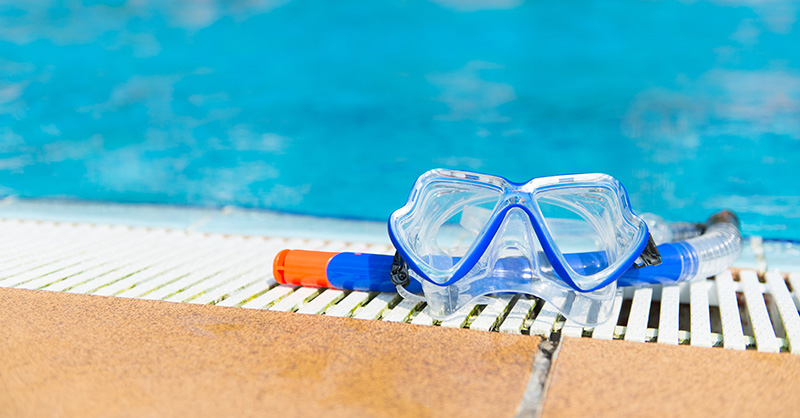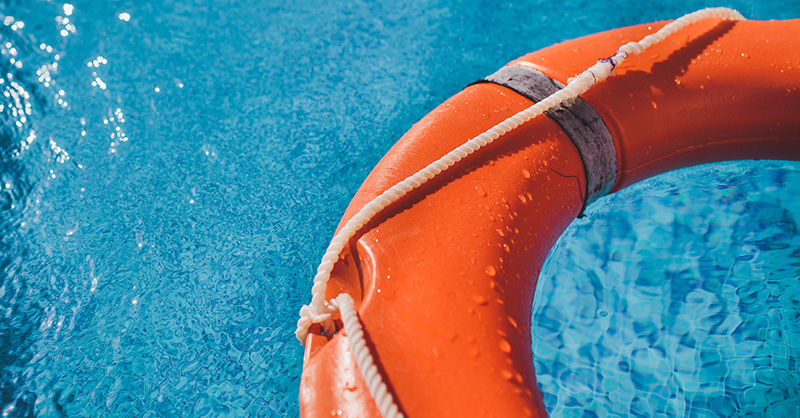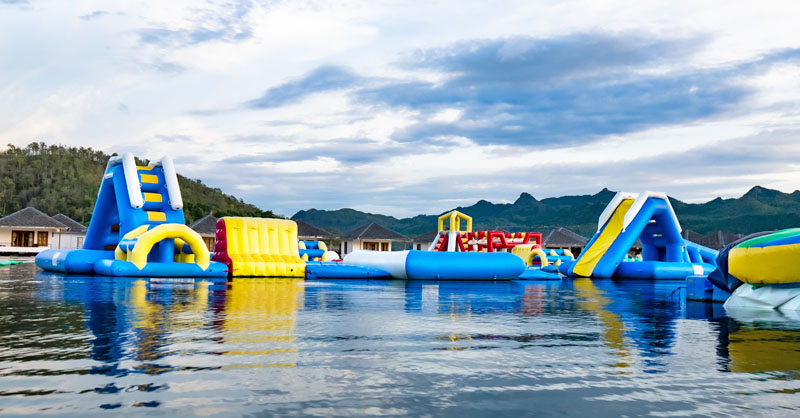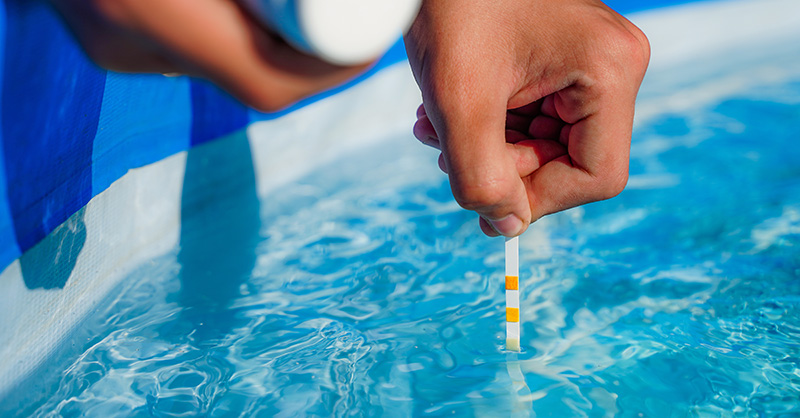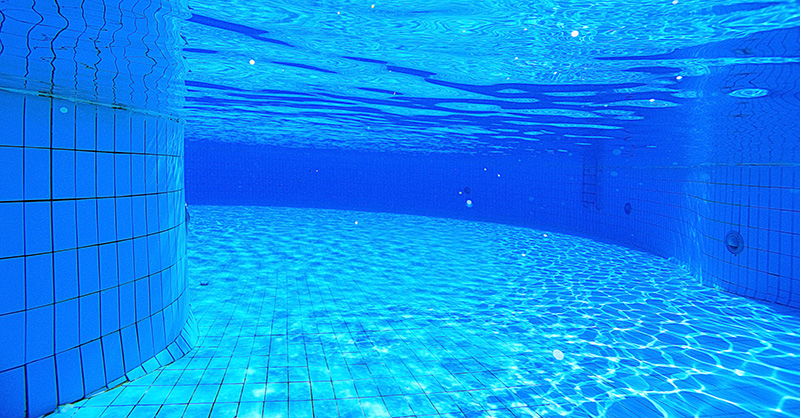
Water Safety
Organizations with water facilities such as pools, lakes or other activities have a duty to care for the safety of all swimmers and participants. The safety of all swimmers and participants should be independent of the size facility and provide a high level of care. Water safety can be implemented in layers and can be applied in multiple ways. The following information provides important considerations for water facilities along with tools that your organization can utilize within an existing aquatic safety program.
Protect
Loss Control Categories
Take proactive action to prepare for different types of loss.
